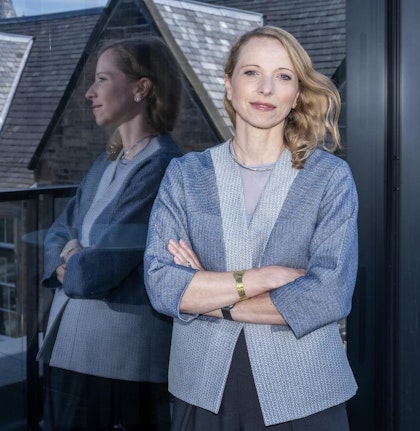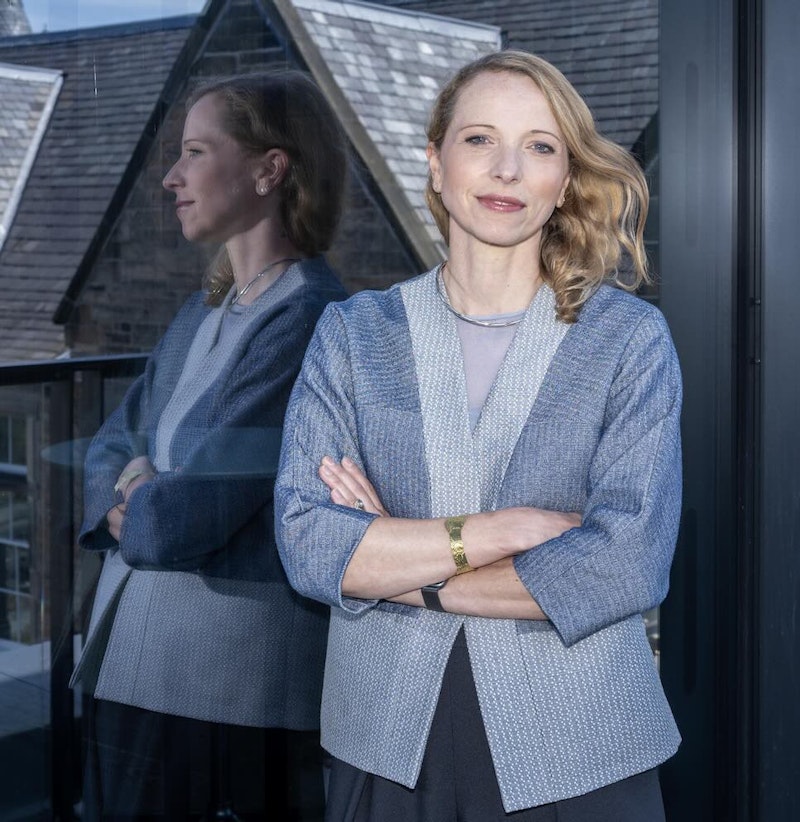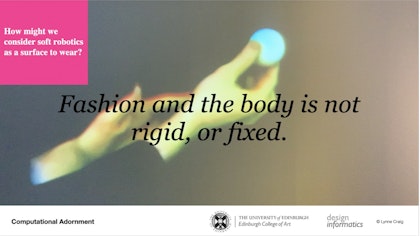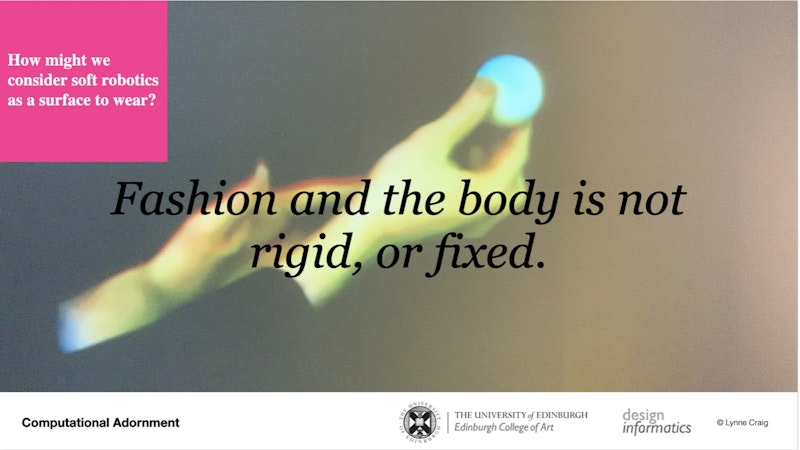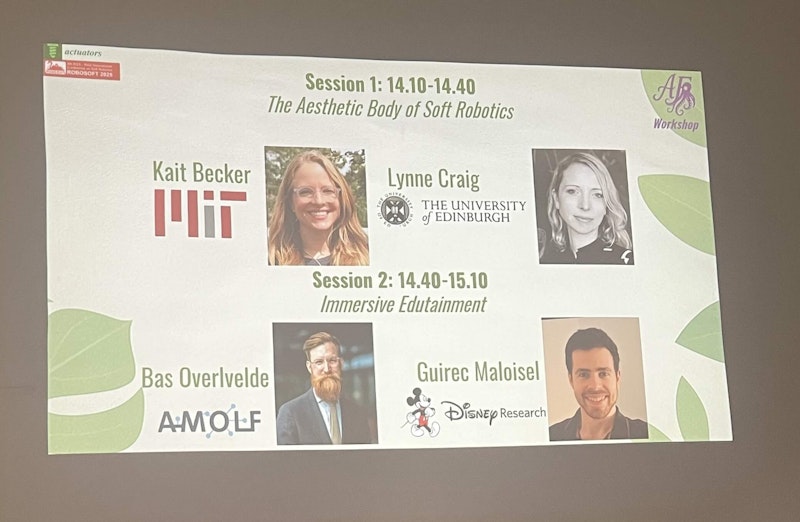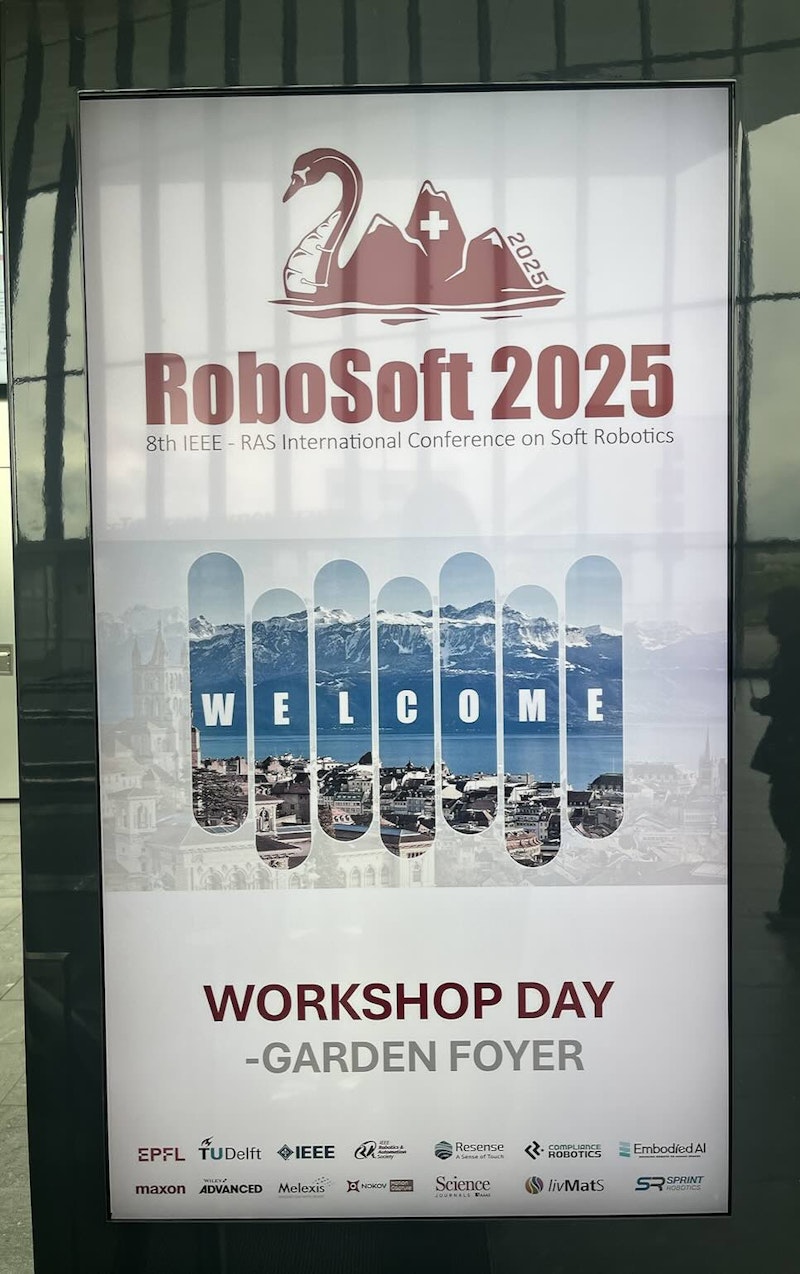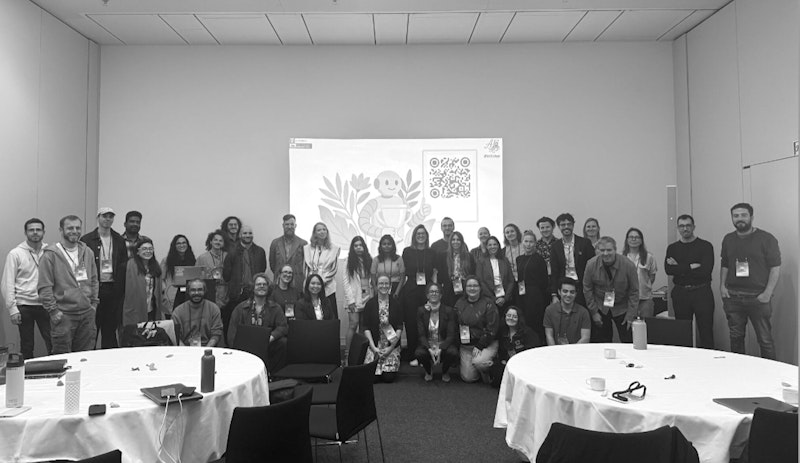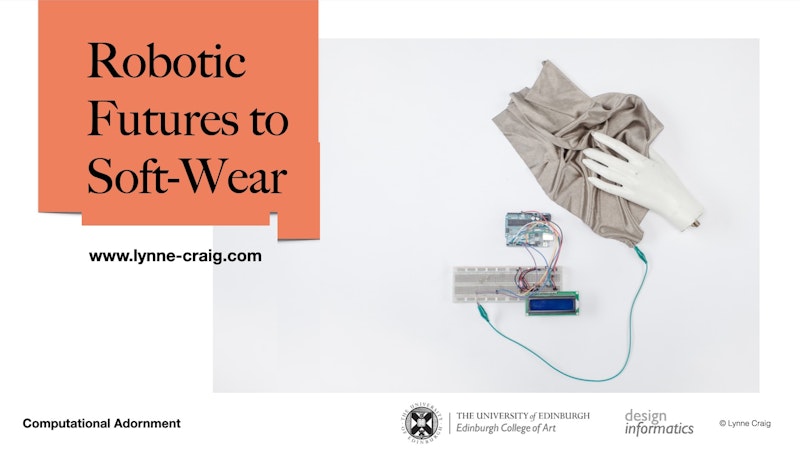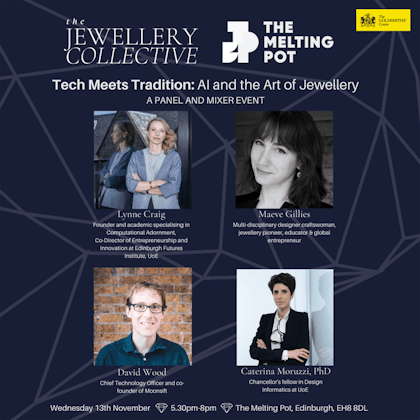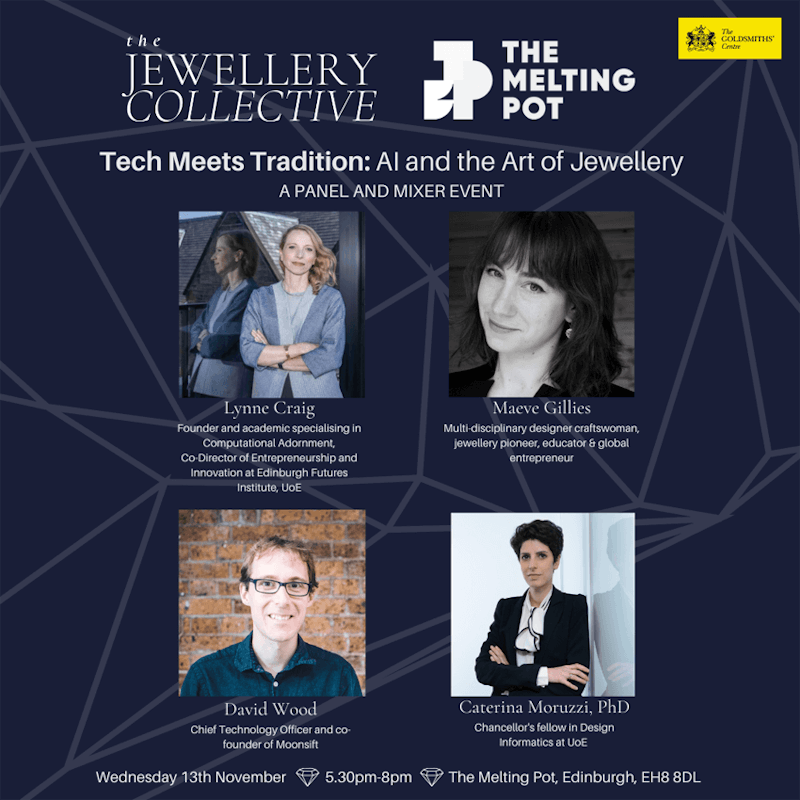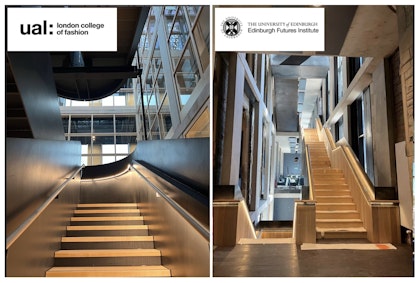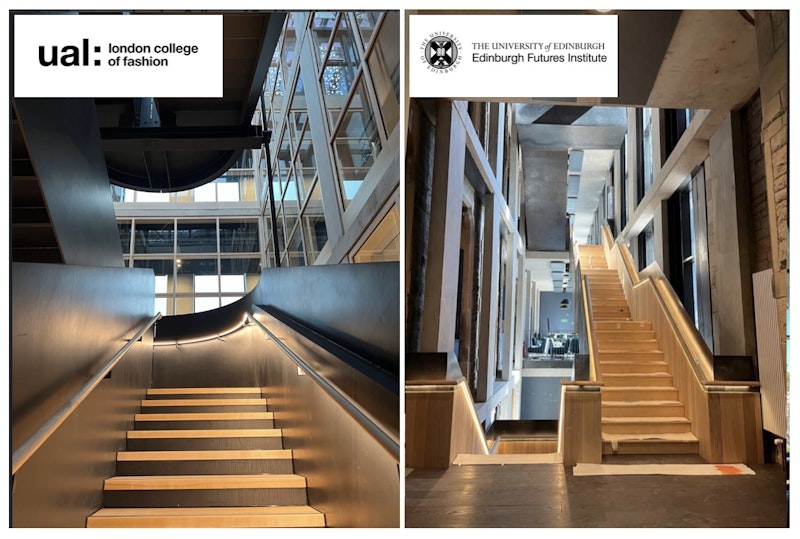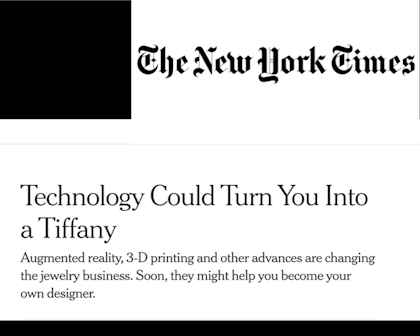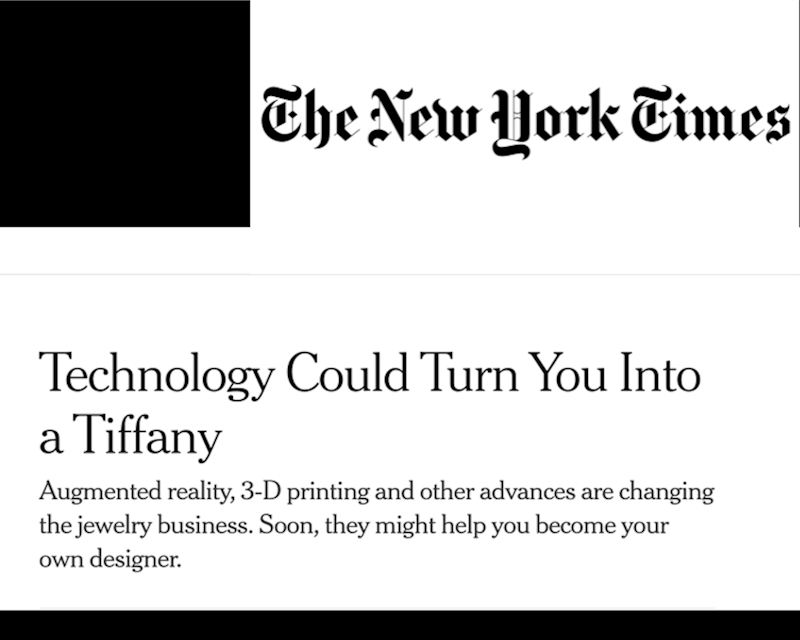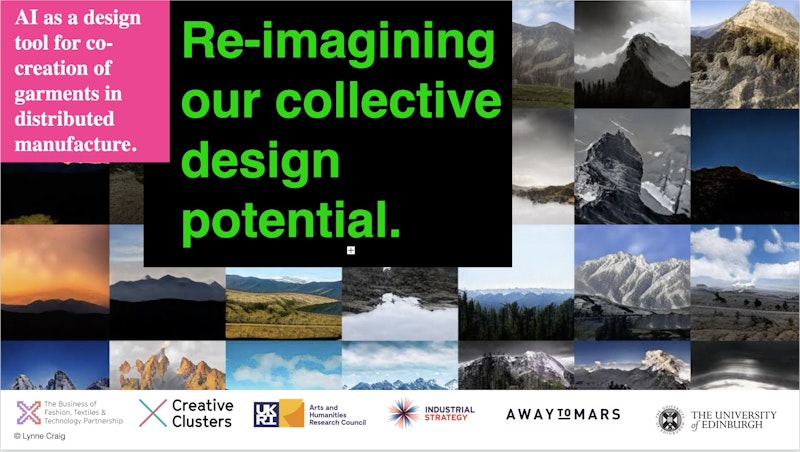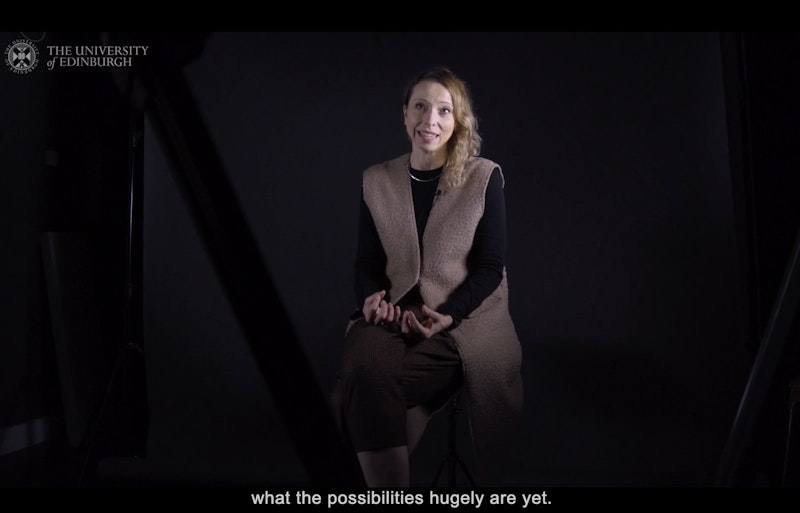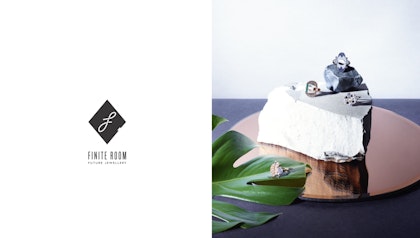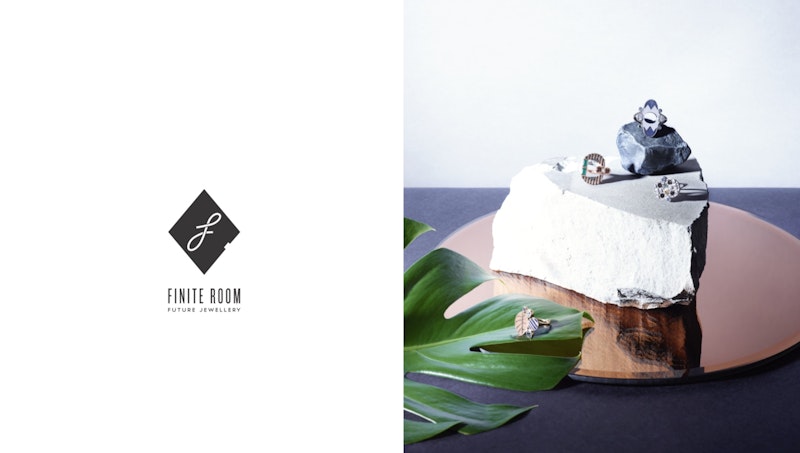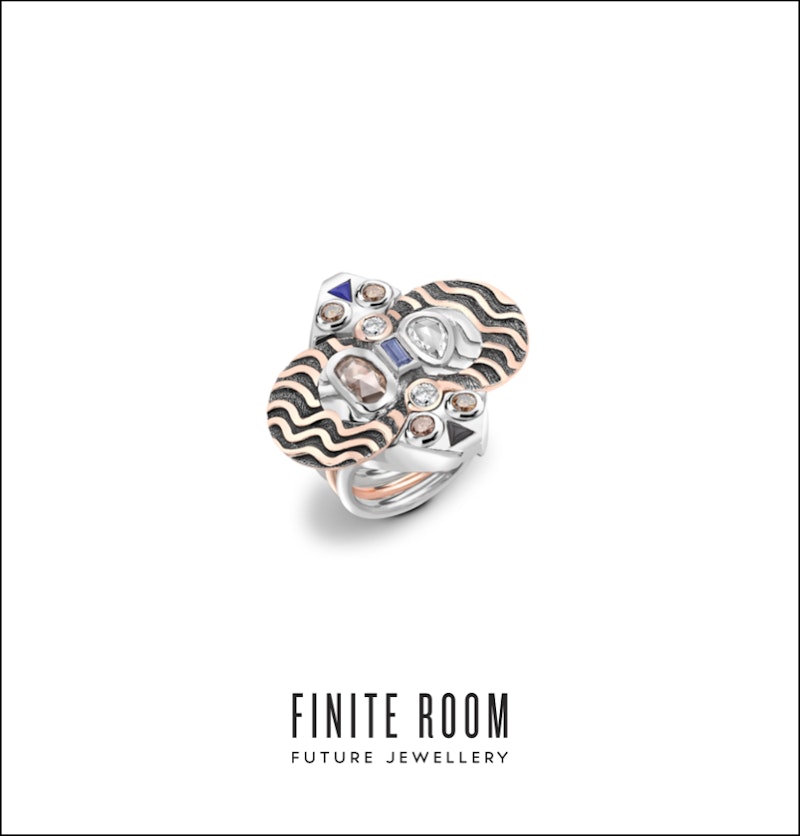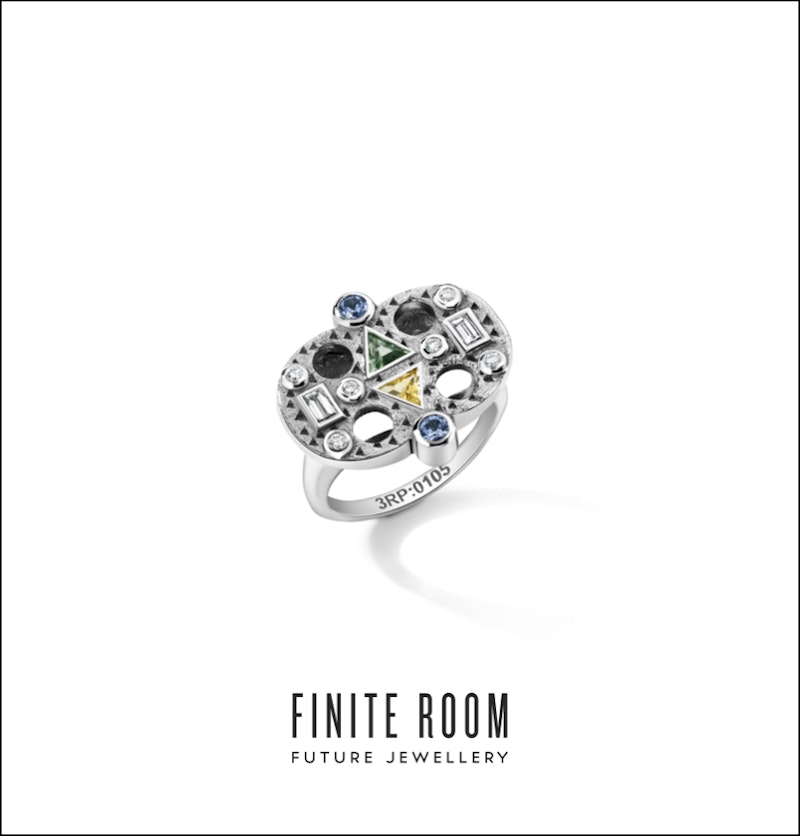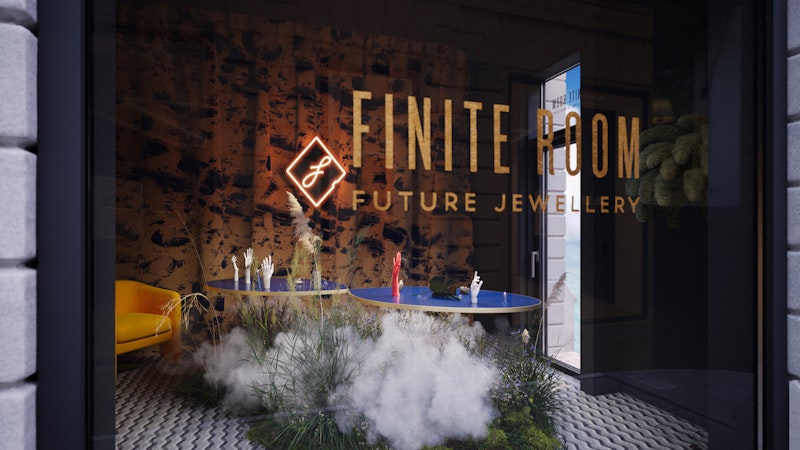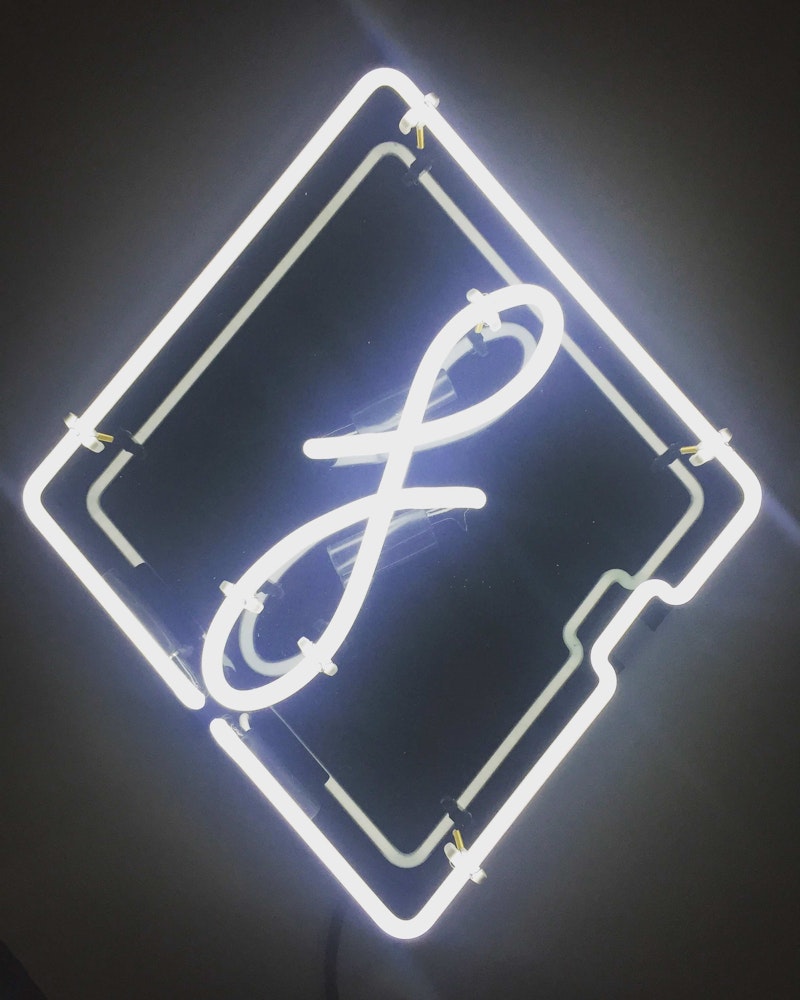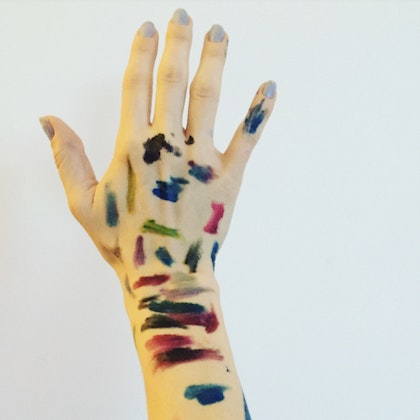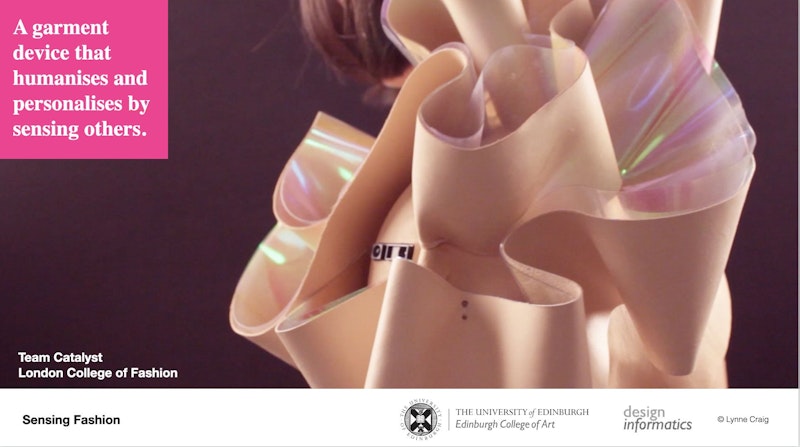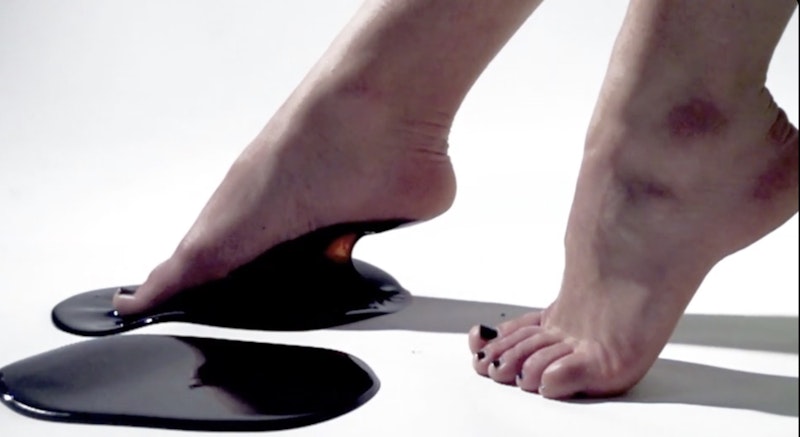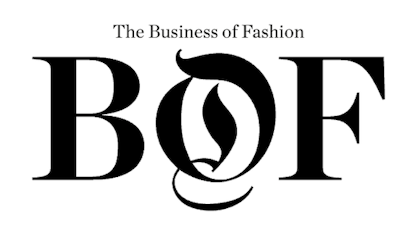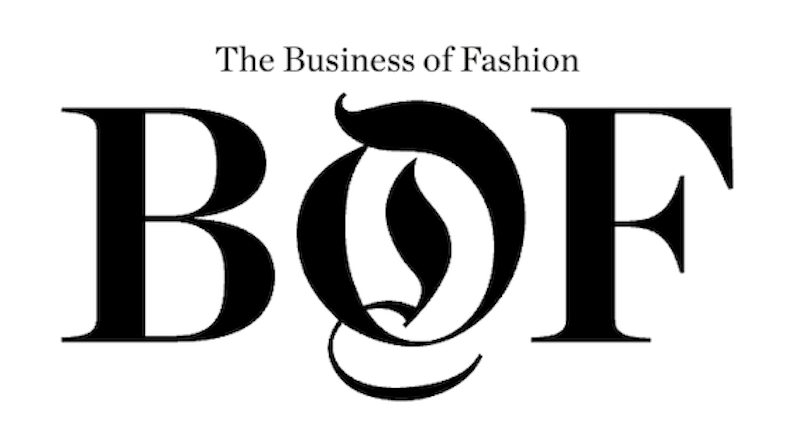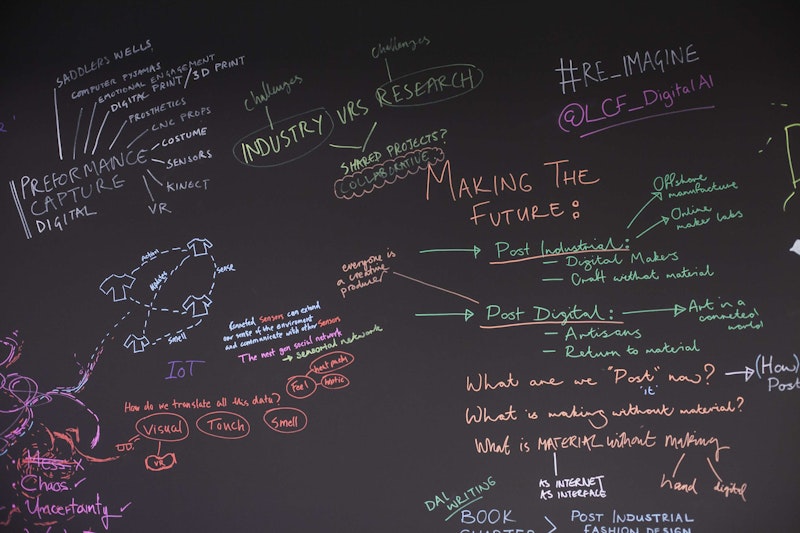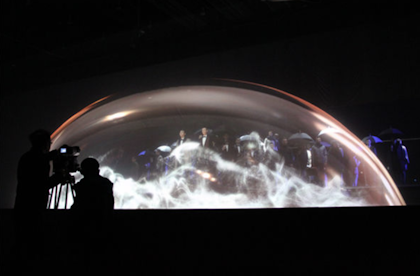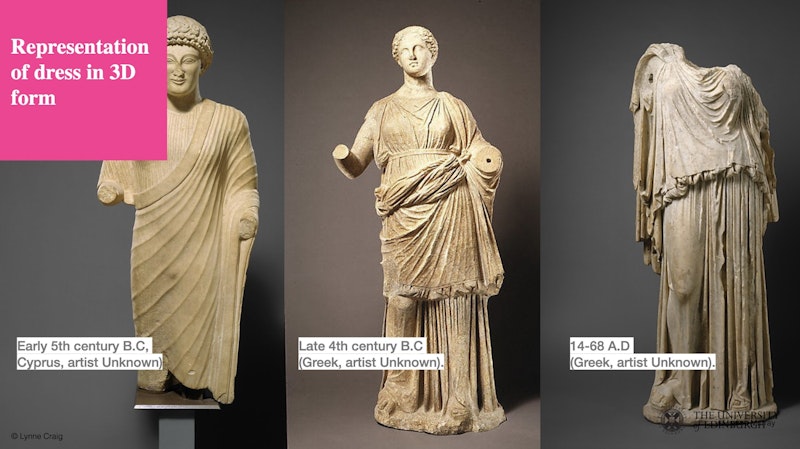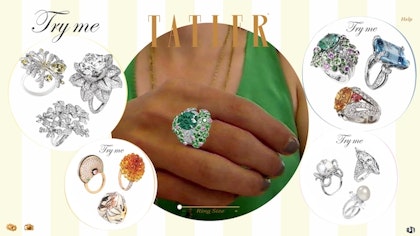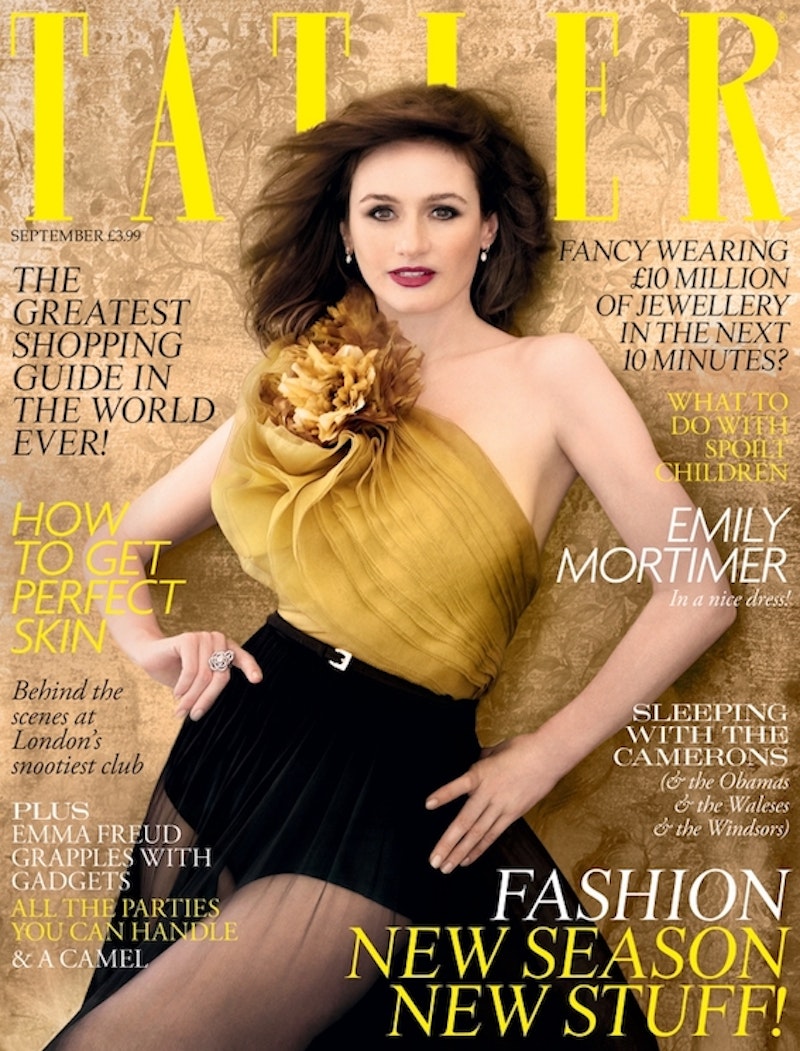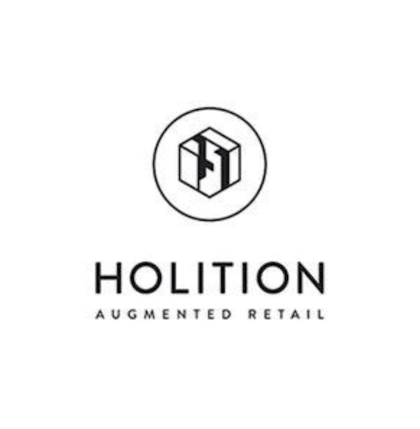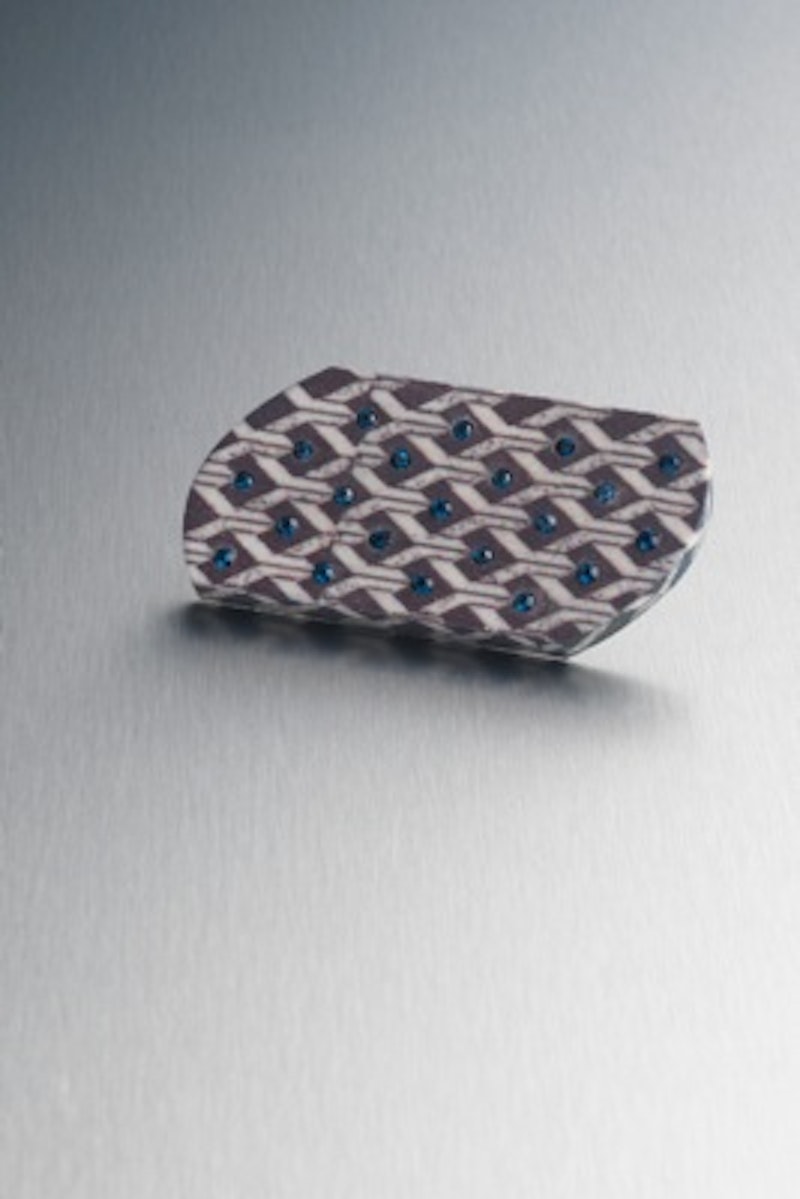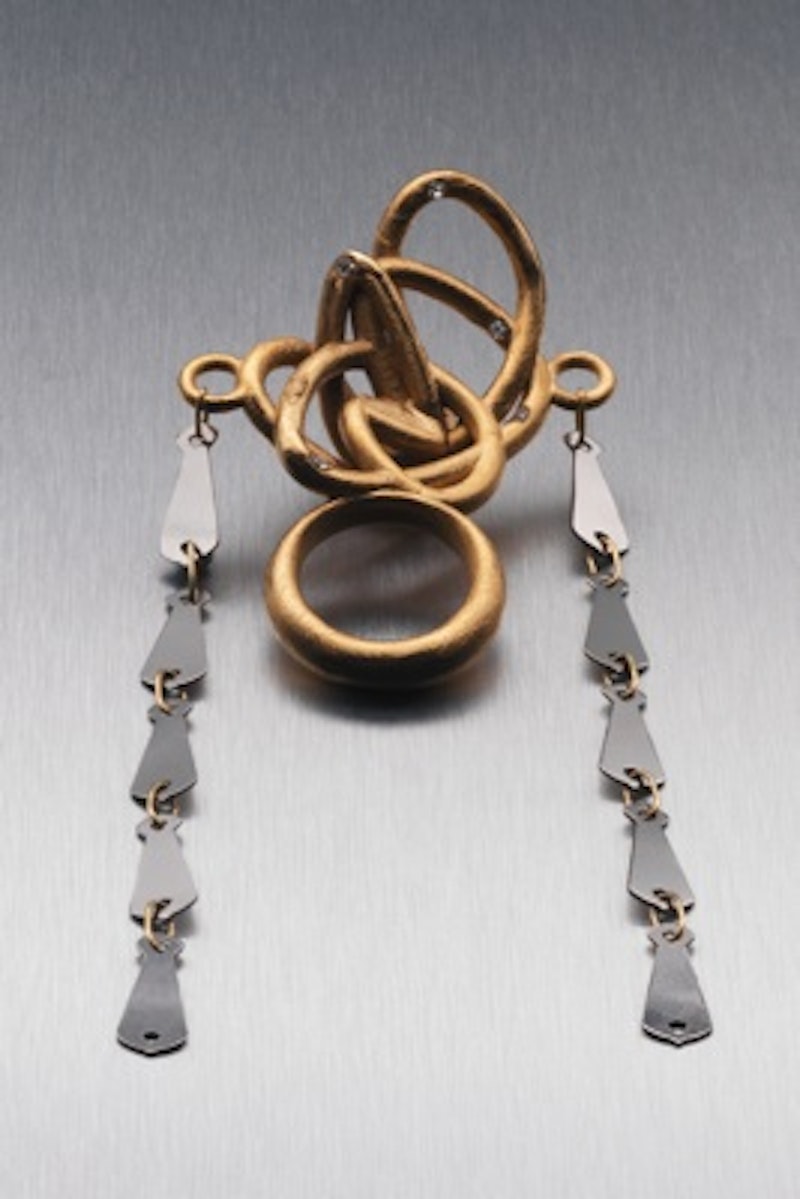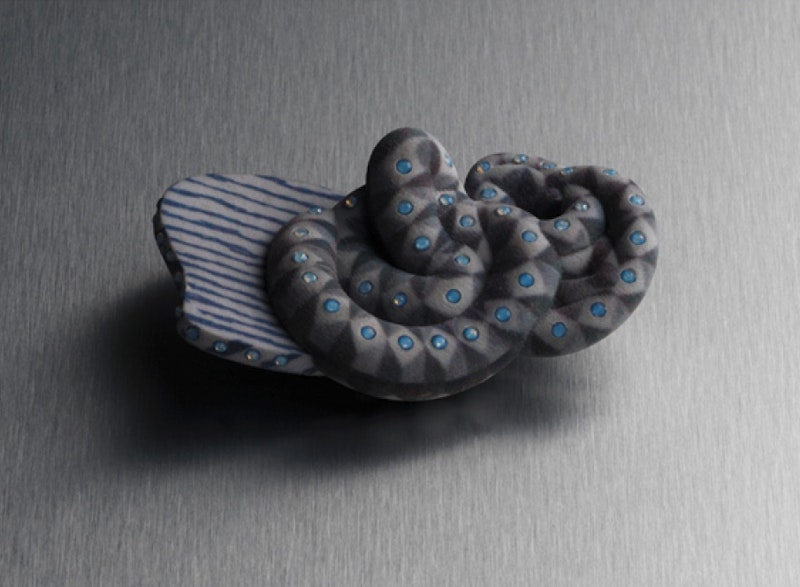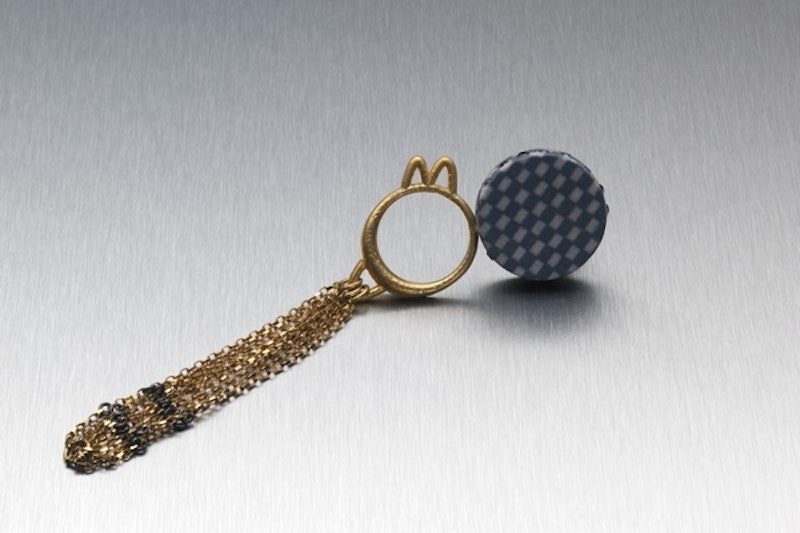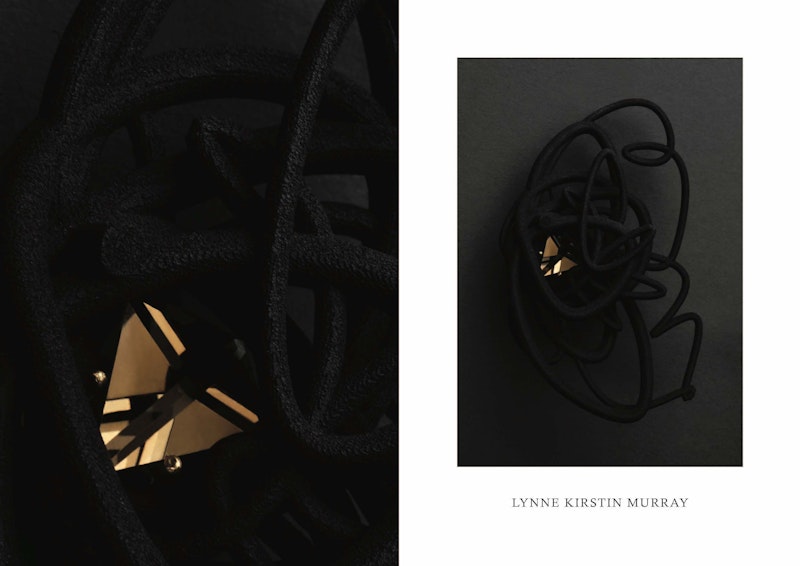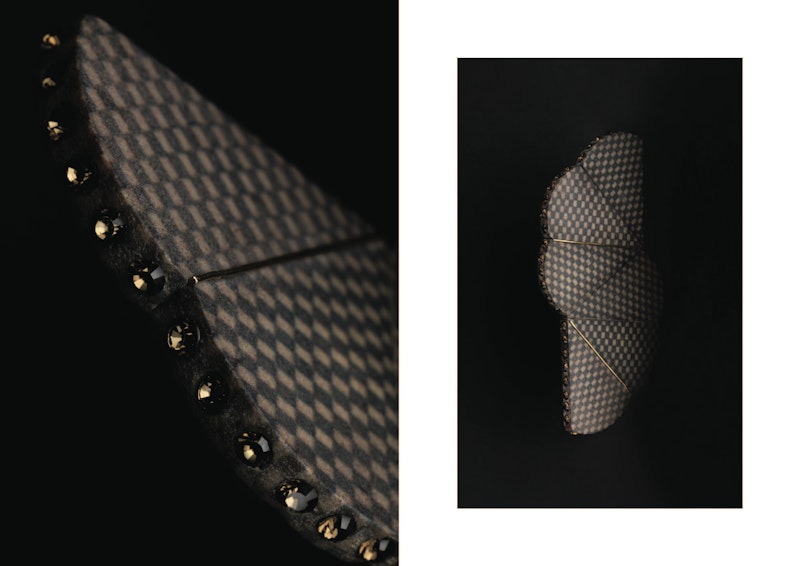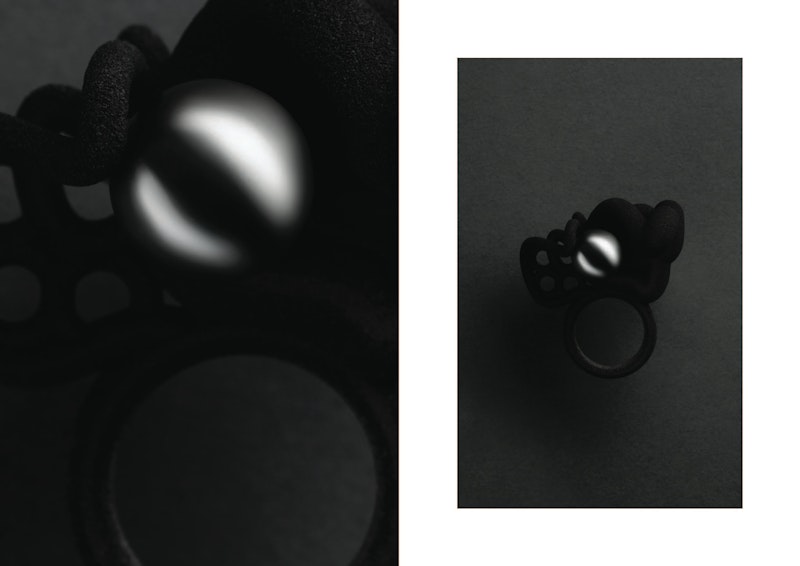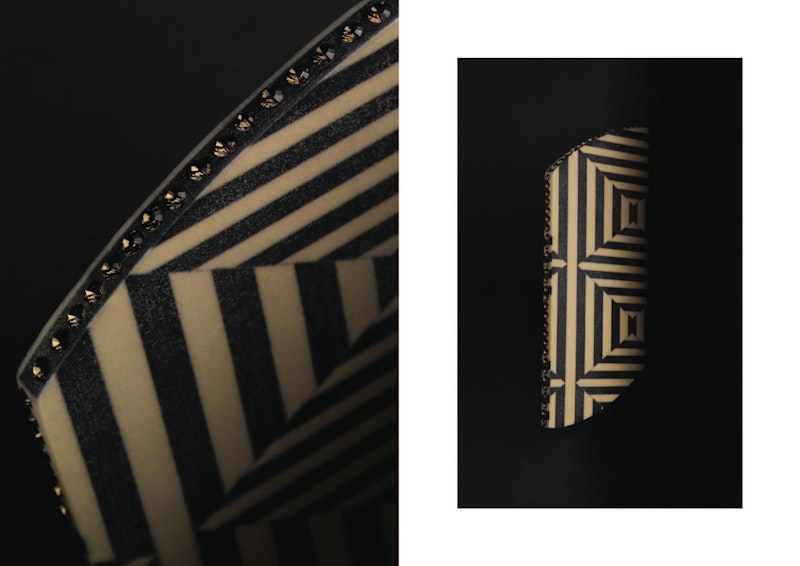Contact
Computational Adornment
Bayes Centre
Design Informatics
47 Potterrow
Edinburgh
EH8 9BT

I collaborate with technologists, designers, engineers and CEO's to frame design within emerging technologies.
I focus on Horizon 3, typically 5-10 year futures, a few historic examples below.
Philosophy; Culture drives technology and technology drives culture, but we will always realign our human selves to craft.
Invited workshop keynote at IEEE Robosoft 2025, seeking to establish novel ways to consider designing for technical bodies as part of the emerging discipline of soft robotics.
My talk touched on material histories of technology enabled perceptions of ways in which we interact with the human form, asking what it may mean to dress our future robot bodies, and how the socialisation of technological body forms will be required of futures to wear.
Connecting across disciplines, playfully experimenting with soft robotic applications, I also reflected on some of my earlier practices in the field of jewellery. Designing for the body is the same, technological or not. We must embrace this empathic approach to achieve true value of soft robotics in our shifting understanding of what it means to be human or humanoid.
So brilliant to share the stage and discussion insights warranting further study with: Kaitlyn Becker, (MIT) Johannes T. B. (Bas) Overvelde, (AMOLF) Guirec Maloisel,(Disney Engineering) Amy Winters, Eindhoven University of Technology, Kate Devlin (Kings College London) Louis-Philippe Demers (Virginia Commonwealth University School of the Arts) and Larissa Sehringer (UAL).
With thanks to organizers: Niccolò Pagliarani, Nana Obayashi, Alberto Comoretto, Josie Hughes Matteo Cianchetti and Perla Maiolino
Designed, developed, and chaired this panel discussion in partnership with charity, The Jewellery Collective, hosted at social enterprise, The Melting Pot, and supported by Goldsmiths Centre, London. With innovative jeweller Maeve Gillies, University of Edinburgh Chancellors Fellow in Design Informatics, specialising in AI and Creativity, Caterina Moruzzi, Founder and CTO of Moonsift AI David Wood, and bench jeweller and social enterprise founder, Lisa Arnott.
I like the Allies and Morrison statement, ‘Universities as urban catalysts.’ Seen here are two types of strategic investment initiatives driving change.
Purposefully reimagining post-industrial landscapes with data enabled, design education environments 👉 Since 2014 I have had the unique honour of being involved with two amazing teams leading the development, ideation and articulation of what design education, entrepreneurship, innovation and research is and how to prepare it for the next 100 years. Firstly with London College of Fashion, University of the Arts and secondly, Edinburgh Futures Institute, University of Edinburgh.
Where does innovation in these contexts allow for creativity in large complex organisations, and how can porous buildings housing civic education environments enable and empower all to innovate? A staircase metaphor.
When the New York Times asked me about AR, technology and jewellery...
Link to article here
R&D leadership to develop a radical, cutting edge AI application for fashion.
Innovation in fashion AI was co-created with SME 'Away to Mars' as part of Business of Fashion Textiles and Technology UKRI funding.
A first of its kind commercially deployed application enabling consumers to be real-time co-creators with a proprietary AI tool. The data-sets developed were generated entirely from original imagery including images sourced from the brands archive and images adapted with processing to create a large proprietary data-set to inform AI. The project created an ability for the consumer to freely play with and adapt AI tools to co-create fashion garments which were then voted on and produced online in real time-a gamified introduction to AI co-creation for consumers, using fashion.
The 'Idea Economy,' term was coined as part of this project, and describes the human AI interaction, giving legitimacy to origination of concepts, and expanding on how we may continue to position authentic AI human collaboration in the context of ethical AI practices.
Interview from University of Edinburgh on AI and Fashion, 'But is it art, how AI is redrawing creativity. here.
This will continue.
Finite Room is a private high jewellery concept brand I developed focusing on design, craftsmanship and material innovation. I have imagined and built a virtual retail store, reflective of immersive retail futures... a test-bed for physical and digital design experimentation and convergence.
Working with DLC, 3D print, hand fabrication and high-value manufacture technologies. Craft in future form.
Follow @finiteroom to request access.
Slow retail futures.
Finding ways to express data of a shape shifting surface, or a material to activate with technology asking what is the surface of technology to wear? What can design contribute or learn from the emergent soft robotics field, and in what way can fashion empower new thinking, materials and applications for worn, embodied, and actuated garments?
My practice creates the conditions for others to develop ideas in response to created research environment prompts, steering through collaborative co-creation. Projects demonstrate future material cultures for fashion and engineering, design and interaction with speculative and imagined materials.
The Digital Anthropology Lab was created to motivate a linear collaboration research environment, working with technical, academic and student teams together.
“The current landscape is moving so very quickly,' Murray (Craig) continues: “It’s not really going to the core of what is possible and I think the opportunity to really rigorously explore that in a research lab environment is incredibly exciting and actually, its only in doing that, that we will be able to articulate what even this course of the future may want to be, because otherwise we will end up creating a space where there is almost ‘me too’ elements of digital education.”
Link to article here
An exemplary project by Holition, celebrated over a decade on as a pioneering articulation of immersive experiences for fashion which has stood the test time and lead development of extended reality discussions.
The concept was beautifully executed through a combination of cutting-edge technology, architecture, lighting, film and music. The hugely successful campaign opened the gates for global brands to consider using emerging technology in new ways.
For more detail: https://holition.com/work/dunhill-holographic-fashion-show
Can we try on virtual clothes? Can we have virtual skeletons, skin and dynamic cloth movement. What body do we dress? Can we authentically capture your body moving in real-time with virtual, pixel generated garments. How will AI and supercomputing change this. Ongoing development and interests in virtual, Metaverse movements of the body in digital space, since 2008.
Connecting to our notions of being human in a digital world, building on ideas of millennia.
Pioneered AR for retail as co-founder, Holition.
Launching jewellery virtual try on (VTO), since 2008 working with international global brands, Georg Jenson, De Beers Forevermark, Tacori, Boucheron and more to pioneer experiential retail launches.
Also included, that time we brought AR to magazines as a new medium, and I interviewed Kate Reardon, Editor of Tatler about augmented reality, launching a VTO for Tatler to allow users to try on £10m of jewellery, featuring Boodles, Cartier, Tiffany, De Beers jewellery...
And a vintage first review of our pioneering AR for retail, working through the archive of near histories of virtual adornment and metaverse making.
The emergence of 'computational adornment.'
I co-founded Holition in 2008 to enable people to try on virtual products online in real-time using AR (Augmented Reality), establishing Virtual Try On (VTO) for retail. Normal now, but at the time, there was no Instagram, Youtube was new, and we started pre-iphone...Holition grew from a 2 year R&D project, examining the, 'Future of Jewellery Retail,' (developed as a KTP Associate, Knowledge Transfer Partnership) which I lead. This spun-out from Birmingham City University with industry partner, Holts Lapidary, London, funded by AHRC and TSB (Technology Strategy Board). I created a joint venture between a 50 year old family jewellery company in Hatton Garden, London, and one of the first tech businesses emergent from what became, 'Silicone Roundabout/ Tech City,' a policy launched by Nick Clegg, then Deputy UK Prime Minister, from our London HQ. Some of the history of the time and landscape of the area Holition was emergent from can be seen here.
We secured investment, appointed an amazing Board, and together pioneered a global industry, I have been Non-Executive Director since 2014. This long-term vision has created a wider research environment and developed emergent pedagogy in creative technology industries, with significant transdiciplinary references in Google Scholar for Holition including our patents in computer vision.
15 years (and a wedding) later, Holition and the London based team, lead by CEO Jonathan Chippindale, remain at the forefront of a progressive cultural advance, leading global impact for ambitious clients across fashion, art, lifestyle and beauty, generating technology innovations and virtual production outputs at the intersection of data and creativity, re-defining futures of digital anthropology landscapes.
Driven by commerce, created by imagination and spoken with kindness.
Team Holition.
Developed pioneering research into rapid manufacture and 3D print working with limitations of early digital manufacturing technology. This included developing outputs with a novel 3D 'drawing' haptic digitiser pen, pioneering work in 3D print, and multi-material printing, and CAD (Computer Aided Design) using both solid and vector formats to create virtual objects and impossible geometries to 'grow' in print. Continue to personally develop research initiated in 2004 at Royal College of Art, RCA, expanding the role of high value manufacture with immaterial design possibility. Extended research into available parallels between the 'real' and tangible legacy of made and virtual objects continues to be a focus of my work on, 'Computational Adornment.'
This high craft making practice has been exhibited internationally at Collect, V&A, Gallery MARZEE, Gallery Luis Smit, Scottish Gallery, and is in permanent collections in Swiss National Museum, Alice and Lewis KOCH Collection, Zurich, Museum of Belfast Jewellery Collection, Northern Ireland, and Turnov Jewellery Museum Czech Republic and MARZEE permanent collection, Nijmegen, Holland.
All images Victoria Ling
Art Direction of last 4 paired images Paul Barry
Selected client collaborators include a range of commercial and non-commercial projects gathered from multiple roles since 2004.
Amazon / Away to Mars / Bloomingdales / Boucheron / Center for Fashion Enterprise / Crafts Council / Decoded Fashion / DeBeers / Dunhill / Farfetch / Fashion Innovation Agency / Forevermark / Future Laboratory / Garrard / Georg Jensen / Goldsmiths Centre / Google / Hannah Martin / Heathrow Airport / Hemyca / Hermes / Hugo Boss / Iotic Labs / IBM/ Isetan / Intel/ London College of Fashion / Louis Vuitton / Mac / Microsoft / North Face / Procter & Gamble/ Rebecca Minkoff /Selfridges / Snap Inc. / Stylus/ Swarovski / Tag Heuer / Tatler / Taqori / The Unseen / Tissot / Triumph / Uniqlo / V&A / Vans...
Contact if you have a project to explore...
